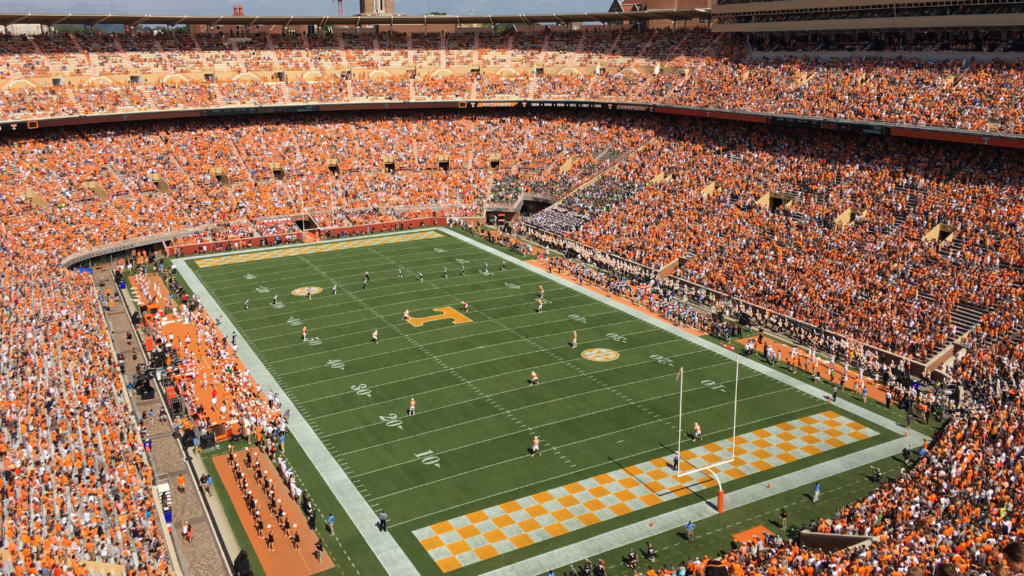The Historical Evolution of Naming Rights
Naming rights have a rich history, tracing back to the early 20th century when companies first saw the potential in associating their names with sports venues. Fenway Park, purchased by the Red Sox in 1912, offers one of the earliest examples, with its name coming from Fenway Realty Company. This move highlighted how ownership could leverage real estate ties for marketing.
By the late 20th century, the trend expanded. Corporations began aggressively pursuing naming rights deals, realizing the immense brand exposure provided by sports stadiums. 1991 marked a pivotal moment when Tropicana acquired naming rights for the newly built field in St. Petersburg, Florida, effectively setting a precedent for future major league deals.
Into the 21st century, these deals have grown more complex and lucrative. The New York Mets’ Citi Field, named in 2006, involved a 20-year, $400 million contract with Citigroup. Such agreements showcase modern strategies where brands not only seek visibility but also integration with fan experiences through venue promotions and digital engagement.
This evolution illustrates how naming rights in sports have transformed from mere sponsorship deals into strategic tools for branding and marketing, significantly impacting team economics and fan culture.
The Economics Behind Naming Rights Deals
Naming rights deals serve as a crucial financial mechanism in modern sports, providing teams with significant revenue streams. These agreements often span several years, and their economic impact is multifaceted.
Key Financial Benefits
Revenue Generation: Naming rights agreements often generate substantial income for sports teams. For instance, MetLife’s deal with the New York Giants and New York Jets brings $16 million annually.
Brand Exposure: Companies gain unparalleled exposure by affiliating with high-profile sports venues. This visibility boosts brand recognition, creating long-term value beyond immediate financial returns.
Enhanced Partnerships: Collaborative opportunities often arise, allowing both entities to engage in joint marketing strategies and promotional events at events hosted in these venues.
Potential Risks and Challenges
- Market Saturation: A saturated market can dilute the perceived value of naming rights. With numerous corporate names attached to venues, distinguishing one brand from others becomes challenging.
- Public Resistance: Naming rights changes can face backlash from fans, particularly when historical or locally revered names are replaced. This resistance can impact customer relations and brand image.
- Contractual Complexity: Structuring these agreements involves navigating complicated legal and financial terms. Ensuring that both parties meet their obligations can be a daunting aspect of these deals.
Notable Stadium Naming Rights Examples

The power of naming rights has shaped the identity of many iconic sports venues. These examples illustrate how strategic partnerships between teams and sponsors have transformed stadium marketing.
Iconic Stadiums and Their Sponsors
- Madison Square Garden: While not technically under a naming rights deal, its association with the Madison Square Garden Company highlights powerful branding. Located in New York, it hosts various events and enjoys global recognition.
- AT&T Stadium: Located in Arlington, Texas, it hosts the Dallas Cowboys NFL team. The affiliation with AT&T amplifies its brand presence and reinforces its commitment to high-tech excellence.
- Staples Center: Serving as the home for the LA Lakers and Clippers, its partnership with Staples integrates the office supply retailer into the Los Angeles sports scene. The enduring relationship underscores mutually beneficial brand exposure.
- Petco Park: This San Diego Padres venue reflects Petco’s branding in pet supplies while drawing attention to its commitment to community events and pet-friendly facilities. Their innovative approach creates brand alignment with local culture.
- Gillette Stadium: Home to the New England Patriots, Gillette’s naming rights emphasize innovation in grooming products. The synergistic relationship facilitates joint marketing campaigns that deepen audience engagement.
- Emirates Stadium: Arsenal FC’s home in London, the deal with Emirates Airlines showcases a global airline’s reach while boosting brand awareness in competitive sports markets. The partnership enhances global visibility and supports corporate branding goals.
The Rise of Jersey Sponsorships
Jersey sponsorships have emerged as a powerful revenue stream in the sports industry, transforming the way teams and brands collaborate.
Impact on Team Revenue
Jersey sponsorships significantly boost team revenue streams. For major leagues, deals often reach multi-million-dollar figures annually. For instance, Manchester United’s partnership with TeamViewer earns the club roughly $64 million per year.
The visibility on jerseys provides brands with a global advertising platform, directly contributing to the team’s financial stability. Smaller teams benefit by funding infrastructure improvements or investing in player development through these deals, enhancing their competitive edge.
Fan Perceptions and Reactions
Fans’ responses to jersey sponsorships vary. Many appreciate the financial support these deals bring to their favorite teams, recognizing that sponsorships enable better facilities and player acquisitions.
However, some fans view excessive commercial branding as a departure from team heritage. A prominent example is Barcelona, whose initial resistance to jersey ads eventually gave way to a lucrative partnership with Qatar Airways in 2013. Despite mixed reactions, jersey sponsorships often lead to innovative fan engagement strategies, integrating sponsors into memorable game-day experiences.
The Future of Naming Rights in Sports
Significant changes are shaping the future of naming rights in sports. The industry is exploring new avenues for growth and engagement.
Emerging Trends and Opportunities
Several emerging trends are defining the future of naming rights. Expanded digital integration is taking precedence as a significant opportunity. As digital platforms evolve, venues are incorporating virtual and augmented reality elements. These enhancements create interactive fan experiences that extend beyond the physical stadium.
Increased globalization of sports opens significant opportunities for naming rights. Brands are reaching broader audiences by inking deals with internationally recognized teams. For example, Tottenham Hotspur’s partnership with Nike elevates global brand visibility and taps into new markets.
Sustainability-focused partnerships are gaining traction. Companies committed to environmental responsibility find value in aligning with teams that share this ethos. Venues like Climate Pledge Arena spotlight eco-friendliness, attracting brands with similar commitments.
New revenue models are emerging through multi-platform advertising. Companies leverage naming rights to gain access to exclusive content creation and targeted social media campaigns. These expanded offerings present unique ways to engage fans and enhance brand presence.
Adaptive strategies are essential as market dynamics evolve. Brands and teams must remain agile to respond to changing consumer expectations and technological advancements. This adaptability ensures that naming rights continue to provide value and relevance in an increasingly competitive environment.





